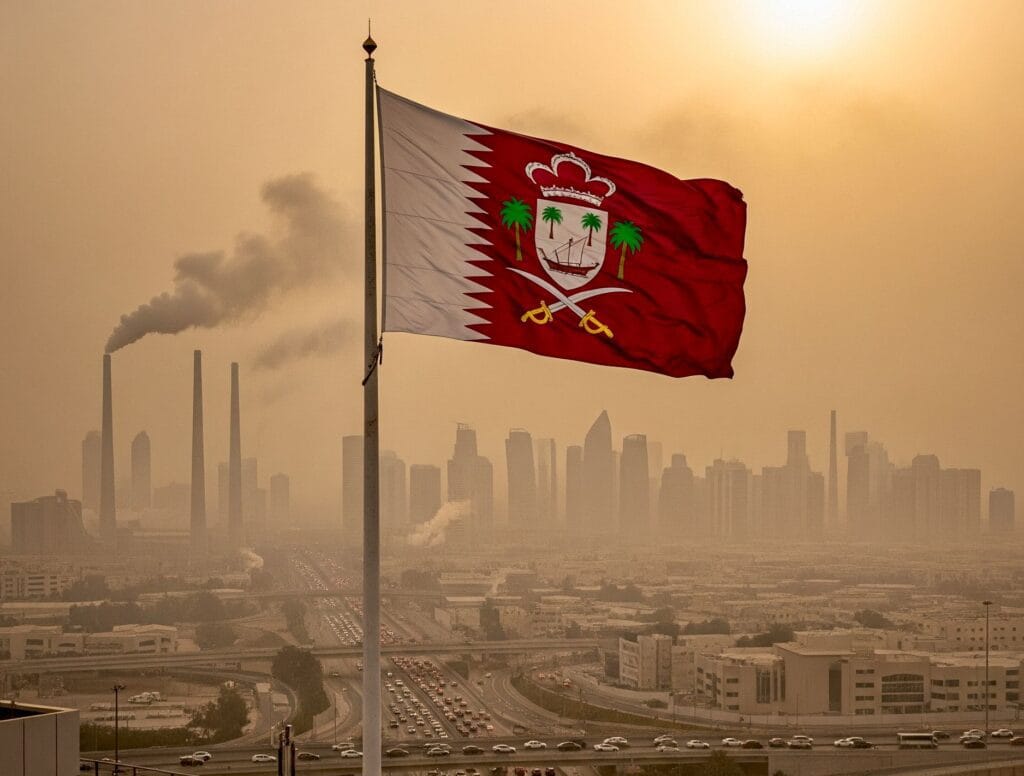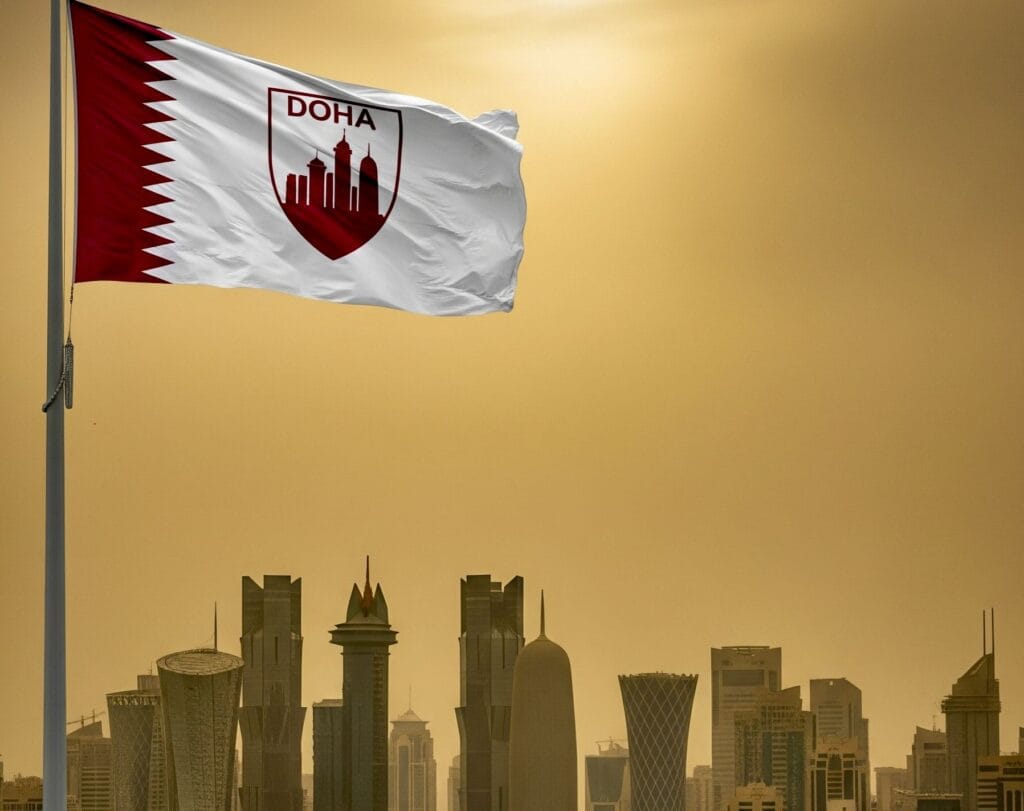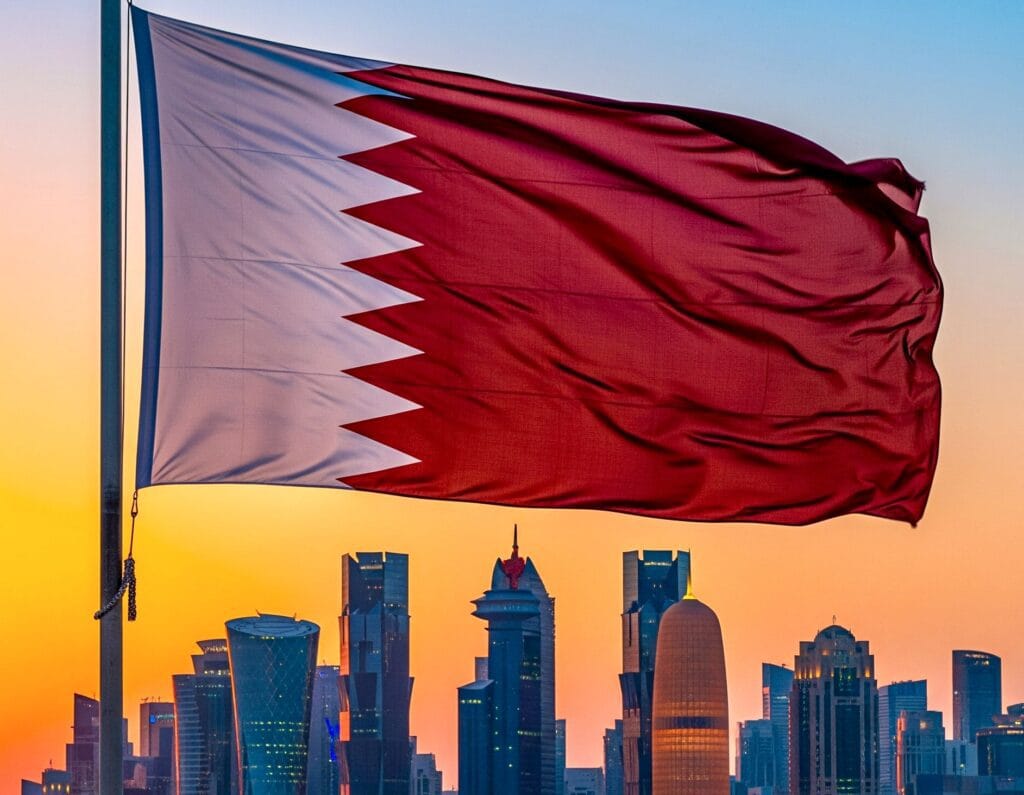Doha was just named the world’s most polluted major city. Learn about the causes of the increasing air pollution, its negative health effects, and potential remedies for a cleaner future. Author – Sunny

Qatar’s capital, Doha
has recently attracted world notice, though not for its modern cityscape or fast economic development. Rather, the city has been rated the most polluted significant one in the world, therefore sparking questions among environmentalists, politicians, and locals. This growth emphasizes the pressing need to solve the city’s degrading air quality, which now constitutes a major public health, sustainability, and long-term economic development threat.
Doha’s Air Pollution Problem
Doha’s ascent to the top of the world’s pollution indexes has been caused by a number of related causes:
Natural geography and dust storms
Frequent dust and sandstorms characterize the desert area where Doha is found. Massive volumes of particulate matter (PM2.5 and PM10) are released into the atmosphere by these storms, hence lowering air quality. Unlike many other towns, this natural feature complicates the management of the circumstance.
Construction Boom and Industrial Activities

Constant construction projects, oil and gas production, and industrial activity have resulted from Qatar’s fast urbanization. Diesel-powered equipment’s extensive usage worsens greenhouse gas emissions as well as air quality.
Traffic and movement
With thousands of vehicles running daily, Doha has a high vehicle-to- population ratio. Lacking contemporary emission-control technology, many older cars are among the main contributors to carbon monoxide (CO) and nitrogen dioxide (NO2) levels in the city.
Environmental Circumstances
The region’s hot and dry environment traps pollutants closer to the ground. This degrades the air quality index by making it hard for dangerous particles to spread.
The Influence on Daily Living and Health
The increase in air pollution has already begun to impact the health and way of life of Doha’s population:
Respiratory diseases, especially among youngsters and the elderly, are showing rising asthma, bronchitis, and other lung disorders.
Long-term exposure to high PM2.5 levels raises the risk of heart attacks and strokes.
Sports fans, runners, and outdoor employees often encounter limitations on physical activities caused by poor air quality levels.

Economic Costs:
The healthcare burden associated with pollution-related illnesses keeps rising, thereby straining Qatar’s medical infrastructure.
Worldwide Contrasting
Though other cities including Beijing, Delhi, and Lahore have long battled pollution, Doha’s rapid growth as the most polluted city reveals how environmental In contemporary urban settings, challenges may escalate quickly. Unlike South Asian cities, where industrial emissions and crop burning predominate, Doha’s particular combination of desert dust and urbanization causes a complicated air quality problem
Worldwide Comparison
Though other cities including Lahore, Delhi, and Beijing have long battled pollution, Doha’s rapid climb to be the most polluted city demonstrates how environmental In contemporary cities, obstacles can get more severe very quickly. Doha’s distinct blend of urbanism and desert dust gives rise to a complex air quality issue unlike South Asian cities, where industrial emissions and crop burning rule.
Government actions and potential answers
The Qatari government has recognized environmental sustainability as a component of its long-term vision. Though some projects are already in motion, experts advise more ambitious actions:
Reducing pollution can be aided by restricting superfluous construction, upholding more stringent environmental requirements, and funding green areas under sustainable urban planning.
Important measures include Doha Metro expansion, electric car incentives, and phasing out of older, high-emission automobiles.
Advanced air filtration systems and water
spraying during intense dust storms can briefly lower particulate matter in cities.
Long-run emissions can be greatly reduced by switching from fossil fuels to solar and wind power.
Public Awareness Campaigns: Educating locals about the hazards of air pollution and means of protection—such as using masks or air purifiers—can lower fast health hazards.
The Road Ahead
The environmental sustainability of economic development reminds us that Doha’s pollution problem reminds us. If pollution levels are not addressed, the sleek cityscape and worldwide aspirations of the metropolis may lose their appeal. Immediate action is critical, driven by public participation as well as government initiatives.
Investing in green infrastructure, renewable energy, and more stringent environmental regulations will help Doha to turn this disturbing trend around and become a global model for sustainable urban life. Otherwise millions of people’s health and well-being will still be in danger
“I am Sunny Kumar, the founder of WorldWideNews.fun. I started this platform with a passion for journalism and the aim to provide readers with unbiased, fact-checked, and fast news. Over the years, I have gained experience in digital journalism, blogging, and content research. My goal is to make WorldWideNews a reliable source of updates on technology, entertainment, politics, and international news



